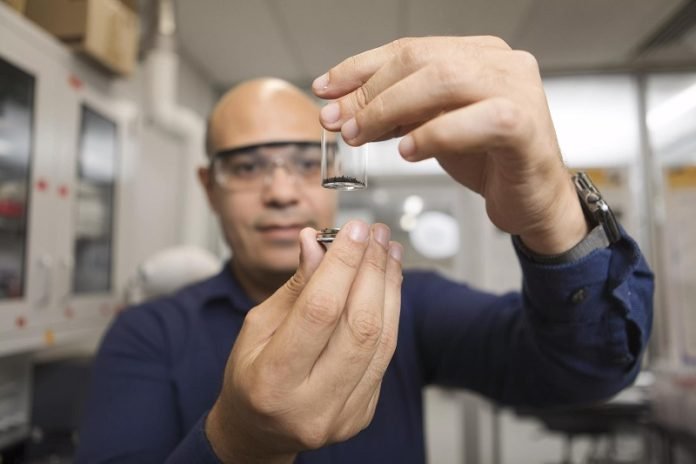
Quantum computers are like super-smart calculators that can solve really tough problems much faster than regular computers.
They could change the world by helping us in healthcare, science, and many other areas. But there’s a big catch: they have to be super cold to work.
We’re talking about nearly as cold as it can possibly get, almost to what scientists call “absolute zero.”
Ahmed El-Gendy, a physics professor at The University of Texas at El Paso, explained that making everything so cold is not just hard but also very costly.
That’s been a big roadblock in using quantum computers for everyday things.
However, Ahmed and his team believe they have found a way around this cold problem. They’ve created a special kind of material that’s really, really magnetic—100 times more magnetic than regular iron.
The best part? This material works at regular room temperature. Their discovery was published in a science journal called Applied Physics Letters.
You might be wondering, “What do magnets have to do with computers?” Well, magnets are in a lot of things we use, like smartphones, cars, and even the hard drives where computer data is stored.
In quantum computers, magnets can help make the computers faster. But until now, the super-strong magnets needed for quantum computers only worked at super-cold temperatures.
Since 2019, the team has been trying to make new kinds of magnets for quantum computers. They wanted magnets that could work at normal temperatures.
They also aimed to make magnets not using rare Earth materials, which are in short supply. “Imagine the trouble we would face if we run out of these materials to make magnets for any industry,” Ahmed said.
Finally, after a lot of experimenting, the team found a winner. They mixed two materials called aminoferrocene and graphene. Ahmed couldn’t believe how magnetic the new material turned out to be.
“I was really doubting its magnetism, but our tests showed something amazing,” he said. He thinks this new material could help us have quantum computers that work at room temperature.
However, there’s more work to do. Making this material is still tough, and the team wants to find ways to make it more easily and more effective.
They are also looking for other scientists who know a lot about quantum computing to join them in this work.
So, what does all this mean for us? If these scientists can figure out how to use this new material in quantum computers, we might one day have super-fast, super-smart computers in our homes, hospitals, and offices.
And we wouldn’t have to keep them as cold as the Arctic to make them work. It’s a big step toward making quantum computers a regular part of our lives.
Follow us on Twitter for more articles about this topic.
Source: University of Texas at El Paso.



